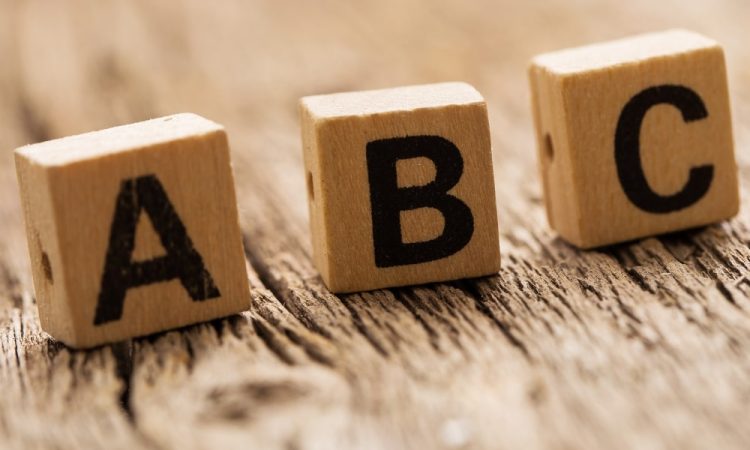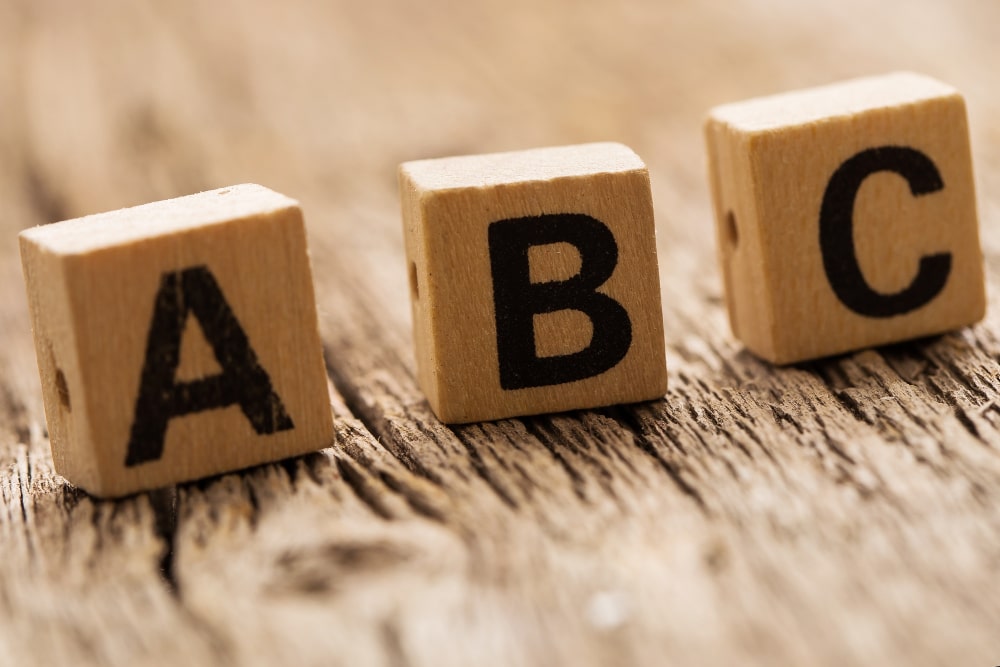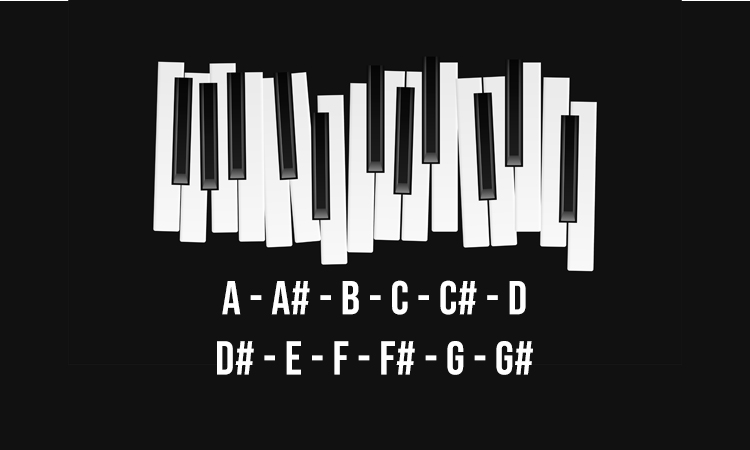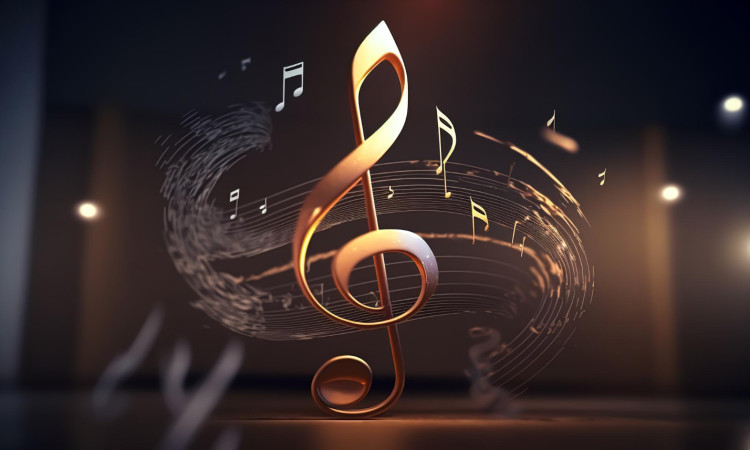
List of musical terms from A to Z along with brief descriptions for each – music-related terms
- Allegro: A tempo marking indicating a fast and lively pace in music.
- Arpeggio: Playing the notes of a chord in rapid succession, often as a broken chord.
- Baroque: A style of music from the 17th and 18th centuries known for ornate and elaborate compositions.
- Beat: The basic unit of time in music, typically felt as a pulse or rhythm.
- Cadenza: A virtuosic solo passage in a concerto, often improvised by the performer.
- Chord: A combination of three or more musical notes played simultaneously.
- Clef: A symbol at the beginning of a staff indicating the pitch of the notes.
- Dynamics: The variations in loudness and intensity in music, often indicated by terms like forte (loud) and piano (soft).
- Ensemble: A group of musicians performing together.
- Etude: A musical composition designed to help develop a specific skill or technique.
- Fugue: A complex contrapuntal composition with a recurring theme.
- Fortissimo: A dynamic marking indicating very loud playing.
- Glissando: Sliding smoothly between two pitches on a musical instrument.
- Grazioso: A musical term meaning “graceful” or “elegantly.”
- Harmony: The combination of different musical notes played or sung simultaneously to create a pleasing sound.
- Homophony: Music in which the melody is accompanied by chords, as opposed to polyphony with multiple independent melodies.
- Interval: The distance between two musical pitches.
- Interlude: A short, often instrumental, piece of music played between larger sections of a composition.
- Jazz: A genre of music characterized by improvisation, syncopation, and a strong rhythmic groove.
- Jubilant: A term used to describe music that is joyful and celebratory in nature.
- Key Signature: A set of sharps or flats placed at the beginning of a piece to indicate the key in which it is written.
- Keynote: The primary or central note in a musical scale or composition.
- Legato: A musical term indicating that notes should be played or sung smoothly and connected.
- Lento: A tempo marking indicating a slow pace.
- Metronome: A device that produces a regular, adjustable beat to help musicians maintain a steady tempo.
- Modulation: The process of changing from one key to another within a piece of music.
- Notation: The system of writing down music using musical symbols and notation.
- Nocturne: A composition, usually for piano, that has a gentle and reflective character.
- Octave: An interval spanning eight diatonic scale degrees, often with the same letter name but different pitch classes.
- Orchestra: A large ensemble of musicians that typically includes strings, woodwinds, brass, and percussion.
- Polyphony: Music with multiple independent melodies played or sung simultaneously.
- Pizzicato: A technique in which string instruments are plucked instead of bowed.
- Quartet: A musical ensemble or composition for four performers.
- Quintet: A musical ensemble or composition for five performers.
- Rhythm: The pattern of beats or time divisions in music.
- Rondo: A musical form with a recurring theme interspersed with contrasting sections.
- Sonata: A composition for a solo instrument, typically piano or violin, in several movements.
- Soprano: The highest vocal range for female singers.
- Syncopation: A rhythmic technique where the emphasis is placed on off-beats or weak beats.
- Tempo: The speed or pace at which a piece of music is performed.
- Trill: A rapid alternation between two adjacent notes in music.
- Unison: When two or more voices or instruments play the same pitch at the same time.
- Upbeat: The last beat of a measure before a new phrase or section begins.
- Vibrato: A musical technique involving a regular, pulsating change of pitch to add expressiveness to a note.
- Viola: A string instrument larger than a violin and smaller than a cello.
- Waltz: A dance in triple time with a strong accent on the first beat of each measure.
- Woodwind: A category of musical instruments that produce sound by blowing air through a wooden or metal tube.
- Xylophone: A percussion instrument with wooden bars that are struck with mallets.
- Yodel: A vocal technique that involves rapid changes between chest voice and falsetto.
- Zigzag: A term sometimes used to describe a rapidly ascending or descending musical passage.





